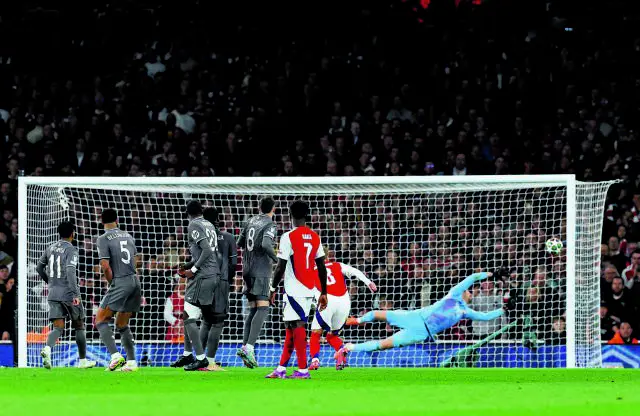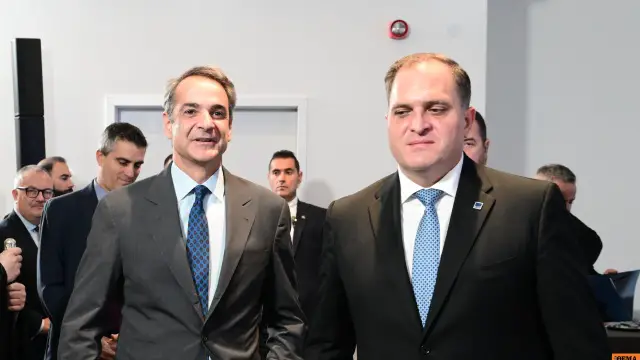Extraordinary “corrections” to the government’s response to the Tempi tragedy were immediately made, at the expense of mass rallies held just ten days ago. The timing and scope of the next political “corrections” are being intensely discussed behind the scenes, with suggestions reaching the Prime Minister’s office. Despite Kyriakos Mitsotakis trying to shut down the debate with his interlocutors, both the government and New Democracy (ND) are concerned about potential exits and entries of ministers and deputy ministers in the context of a possible government reshuffle—structural or otherwise.
It is not surprising that Mitsotakis would not provide specifics, but his public words indicate that rebuilding the “blue machine” is not a top priority. There is no sign of any changes coming soon, according to his close associates. They do admit, though, that legislative members and government officials are getting ready for potential actions sooner or later, whether swiftly or gradually. According to information from Maximus executives, one scenario gaining traction suggests changes in the spring. Another with more supporters within government circles proposes changes in the summer, while a less likely scenario—perhaps with no chance at all—concerns targeted adjustments in February, aimed at mitigating immediate issues.
The pressure from the Tempi tragedy, meaning escalating social and political pressure, is pushing developments forward, prompting the Prime Minister to reconsider the reshuffle. Even executives who had recently rejected the possibility of spring decisions are now keeping all dates on the table, from mid-next month (especially after the Presidential election) through Easter—March or April. This could allow for a period of mobility under a central directive, enabling ministries to address pending matters. If the “blue” estimates hold, they are preparing for a potential reshuffle focused on addressing both structural and personnel changes, including reevaluating effectiveness and judgment in the core of Maximus.
Meanwhile, there are proponents of restructuring either at the beginning or the end of summer, once the political climate stabilizes after the midpoint of the government’s term. Government officials point out that Mitsotakis is hesitant to make decisions that could cause further disorientation. “He certainly doesn’t want to cause more confusion,” one government insider argued. However, they also admit that the Prime Minister has surprised his close associates in the past. Early on, he was advised not to rush into reforms but to reserve them for a more politically opportune moment, closer to the autumn.
The Tempi Pressure
In the meantime, rising social and political pressure has intensified calls for drastic interventions—potentially as early as February (or at the latest, by early March), after the presidential election is completed next week. The starting point, according to some, should be the Ministry of Infrastructure and Transport—but not limited to that. There is a possibility of broader interventions if Maximus begins to prioritize managing parliamentary developments concerning Tempi, especially as more intense social days are expected leading up to the tragic anniversary on February 28.








